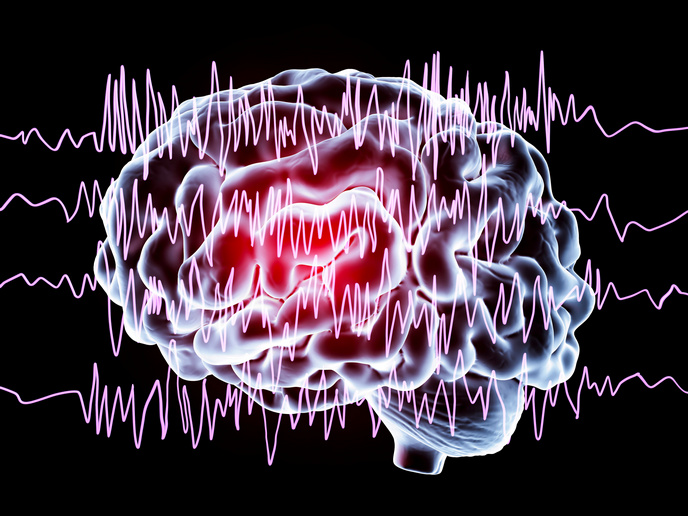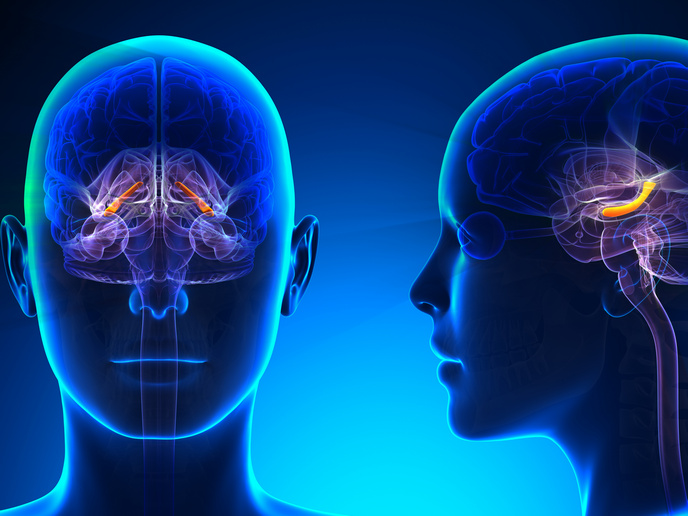Prions and neurones: solving the puzzle
TSEs comprise a number of brain pathologies in certain mammalian species (including humans), characterised by neuronal degeneration. The causative agent of TSEs is the prion, a protein molecule, which is also naturally produced by brain cells. In their mutated, pathogenic form, prions can infect neurones and lead to extensive neuronal cell death, giving the brain a "sponge" like appearance, characteristic of TSEs. Even though researchers are keen to develop new therapies against TSEs, the function of naturally-occurring PrP is still unclear. Project partners Institut National De La Recherche Agronomique examined the function of PrP in brain cells. New findings show that NCAM (neural cell adhesion molecule), abundant in neurones, acts as a receptor for PrP. It is not clear, whether the NCAM-PrP interaction is the only one that PrP molecules are involved in, but it is certainly an important one. The NCAM-PrP interaction at neuronal cell surface has been implicated in the development of neurones, a process termed neurite outgrowth. A series of laboratory studies revealed that the NCAM-PrP interaction is a crucial step in neurite outgrowth and thus indirectly PrP is itself involved in the neural cell development. Researchers are keen to secure further support for their studies and shed further light on the physiological function of PrP in nerve cells. This knowledge forms a basic requisite of development effort geared towards novel therapeutics against TSEs.







